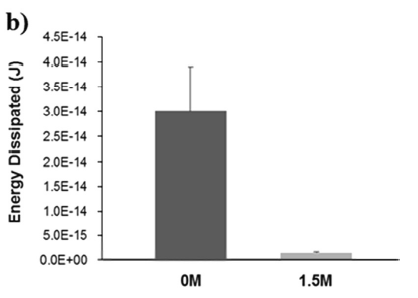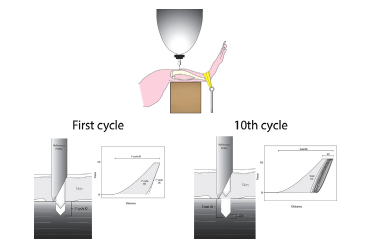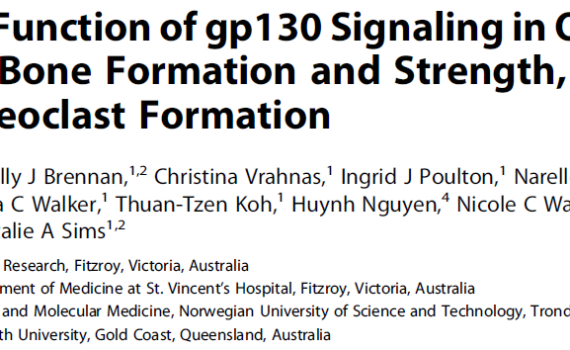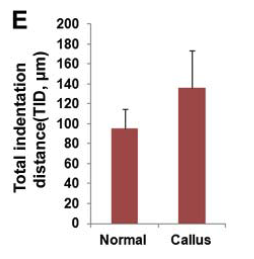Abstract Non-enzymatic glycation (NEG) is an age-related process accelerated by diseases like diabetes, and causes the accumulation of advanced glycation end-products (AGEs). NEG-mediated modification of bone’s organic matrix, principally collagen type-I, has been implicated in impairing skeletal physiology and mechanics. Here, we present evidence, from in vitro and in vivo […]
rpiresearch
Abstract Type 2 diabetes mellitus (T2DM) represents a complex clinical scenario of altered energy metabolism and increased fracture incidence. The C57BL/6 mouse model of diet-induced obesity has been used to study the mechanisms by which altered glucose homeostasis affects bone mass and quality, but genetic variations in substrains of C57BL/6 […]
Abstract Type 2 diabetes (T2D) incidence in adolescents is rising and may interfere with peak bone mass acquisition. We tested the effects of early-onset T2D on bone mass, microarchitecture, and strength in the TALLYHO/JngJ mouse, which develops T2D by 8 weeks of age. We assessed metabolism and skeletal acquisition in […]
Abstract Reference point indentation (RPI) has emerged as a novel tool to measure material-level biomechanical properties in vivo. Human studies have been able to differentiate fracture versus non-fracture patients while a dog study has shown the technique can differentiate drug treatment effects. The goal of this study was to extend this […]
Abstract Increased fracture risk, traditionally associated with type 1 diabetes, has lately been of great concern in patients with type 2 diabetes. A variable increase in fracture risk has been reported, ranging from 20% to 3-fold, depending on skeletal site, diabetes duration and study design. Longer disease duration, the presence […]
Abstract Interleukin-6 (IL-6) family cytokines act via gp130 in the osteoblast lineage to stimulate the formation of osteoclasts (bone resorbing cells) and the activity of osteoblasts (bone forming cells), and to inhibit expression of the osteocyte protein, sclerostin. We report here that a profound reduction in trabecular bone mass occurs […]
Abstract Bone fragility has emerged as a new complication of diabetes. Several mechanisms in diabetes may influence bone homeostasis by impairing the action between osteoblasts, osteoclasts, and osteocytes and/or changing the structural properties of the bone tissue. Some of these mechanisms can potentially alter the fate of mesenchymal stem cells, […]
Comment on Sclerostin deficiency is linked to altered bone composition. [J Bone Miner Res. 2014] https://www.ncbi.nlm.nih.gov/pubmed/25158054 J Bone Miner Res. 2014 Oct;29(10):2141-3. doi: 10.1002/jbmr.2346.
Abstract Murine muscle-derived stem cells (MDSCs) have been shown capable of regenerating bone in a critical size calvarial defect model when transduced with BMP 2 or 4; however, the contribution of the donor cells and their interactions with the host cells during the bone healing process have not been fully […]
Abstract Polycystin-1 (Pkd1) interacts with polycystin-2 (Pkd2) to form an interdependent signaling complex. Selective deletion of Pkd1 in the osteoblast lineage reciprocally regulates osteoblastogenesis and adipogenesis. The role of Pkd2 in skeletal development has not been defined. To this end, we conditionally inactivated Pkd2 in mature osteoblasts by crossing Osteocalcin (Oc)-Cre;Pkd2+/null mice with floxed Pkd2 (Pkd2flox/flox) mice. Oc-Cre;Pkd2flox/null(Pkd2Oc-cKO) mice exhibited […]








